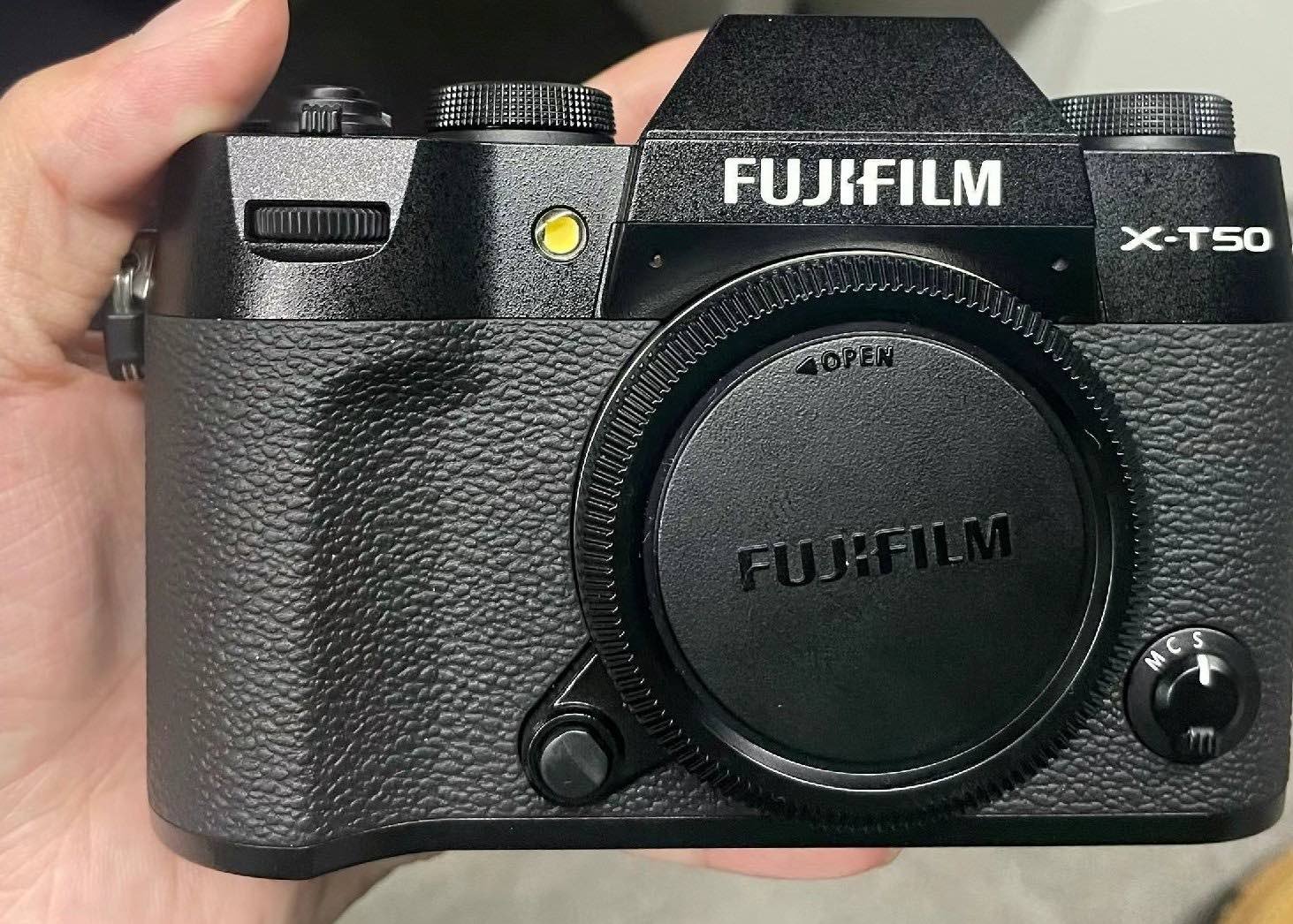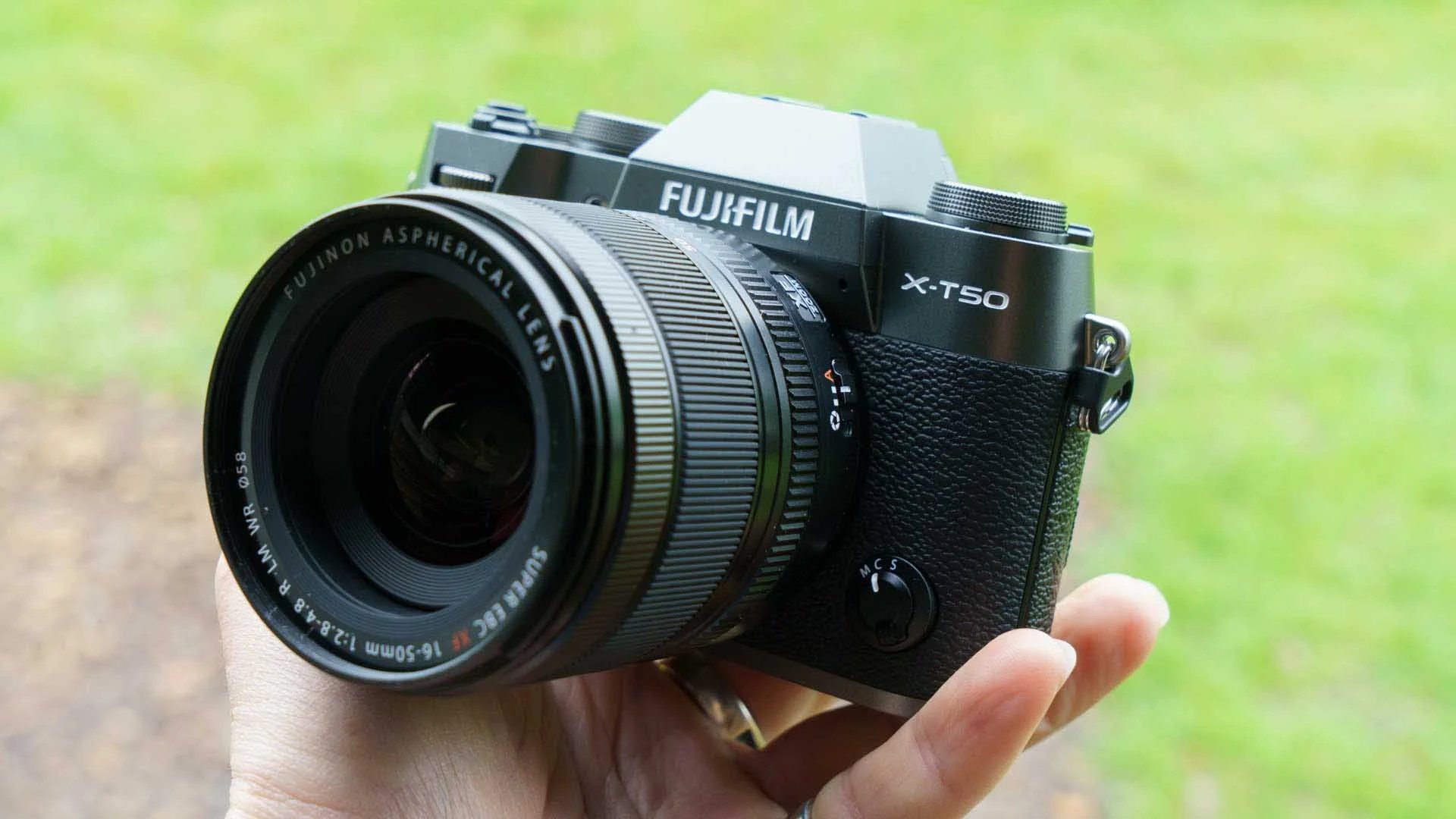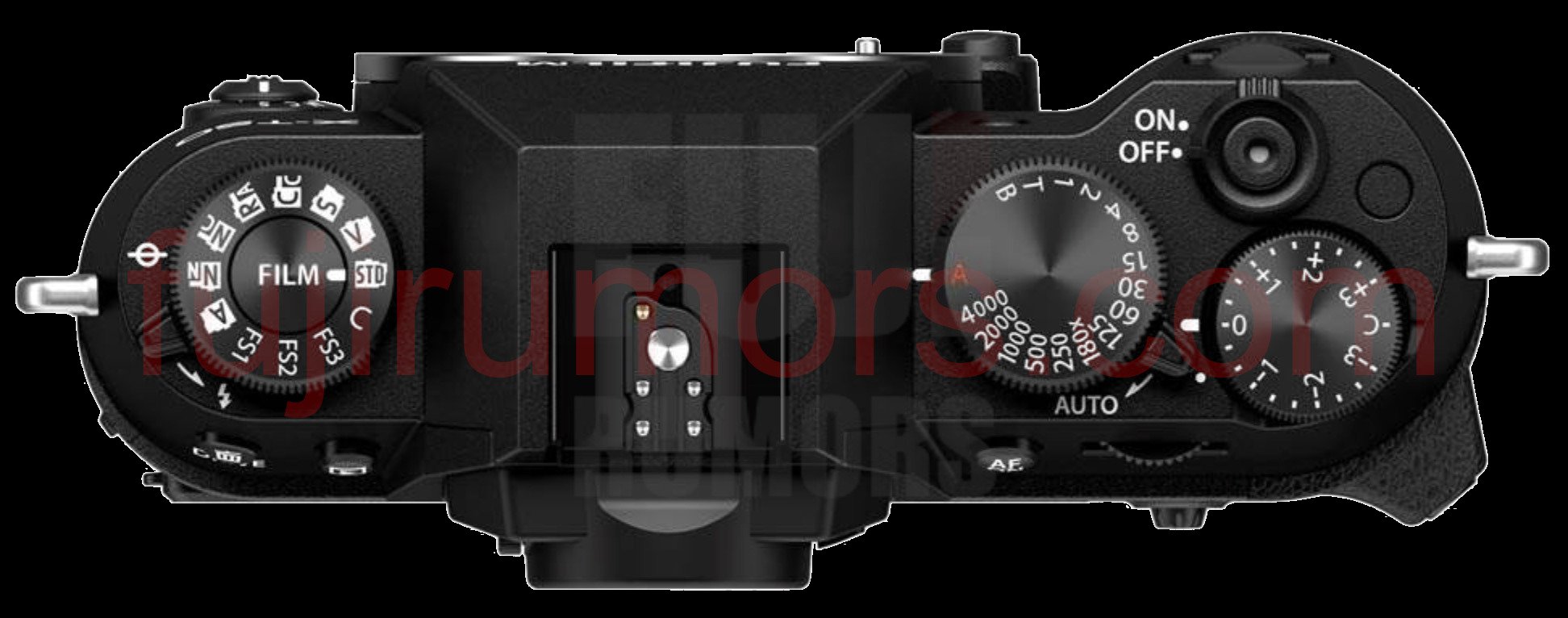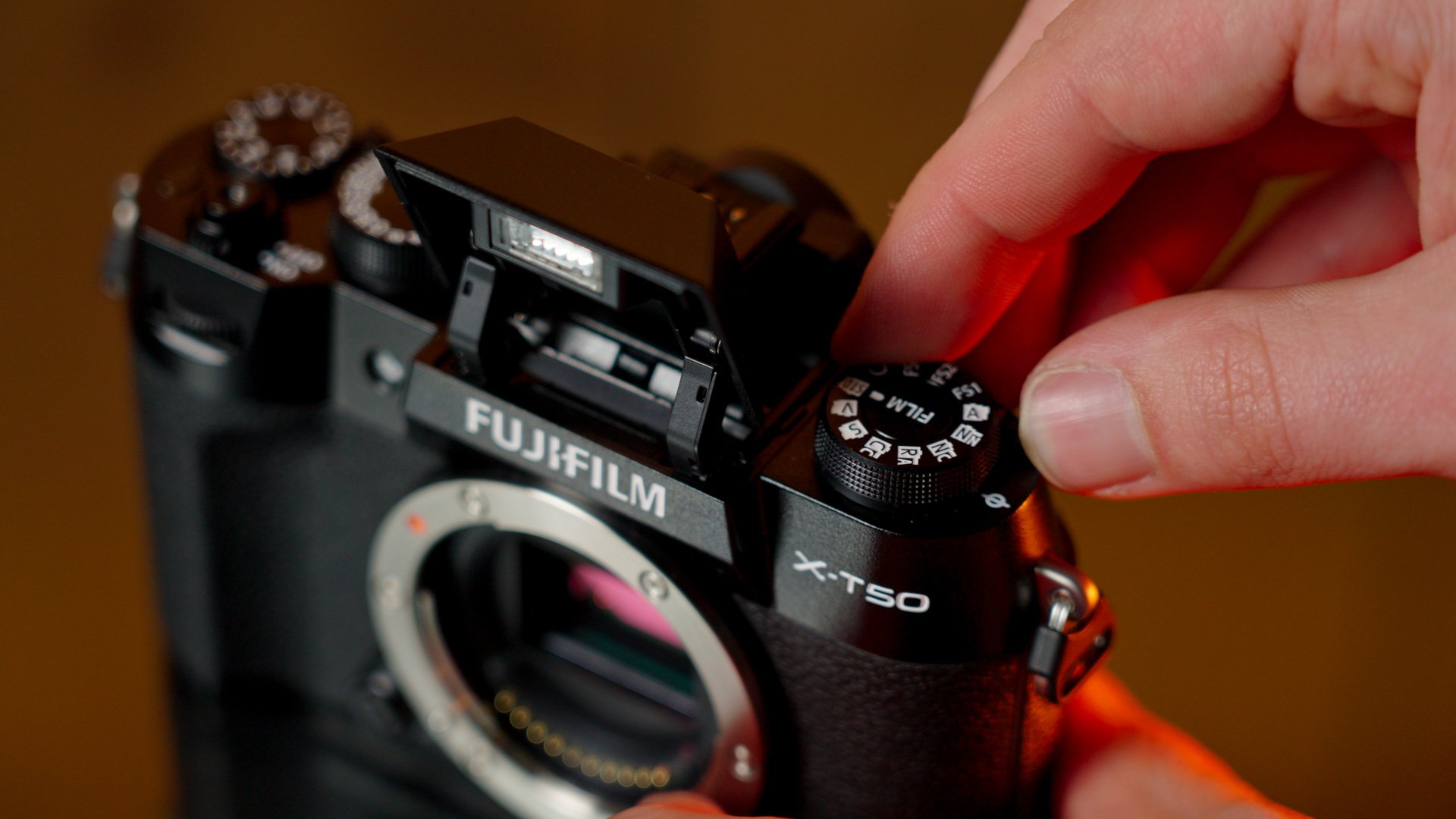Fujifilm X-T50 Review: The New Mid-Range Champion?

For years, Fujifilm’s X-Txx line has represented the sweet spot for enthusiast photographers—a perfect blend of performance, style, and value. With the arrival of the X-T50, Fujifilm isn’t just releasing an update; it’s redrawing the boundaries of the mid-range market. By transplanting the heart of its flagship X-T5—the high-resolution sensor and in-body stabilization—into a more compact and accessible body, the X-T50 emerges as a formidable creative tool that demands attention. It’s more than an iteration; it’s a statement.
Design and Tactile Experience
At first glance, the X-T50 is classic Fujifilm. Its retro-inspired, rangefinder-esque design is as much a part of its identity as the images it produces. The chassis feels solid and well-constructed, with a satisfying density that belies its compact size. While it lacks the full weather-sealing of its more expensive siblings, the build quality inspires confidence for everyday use.

The biggest design evolution is the new, dedicated Film Simulation dial on the top plate. Replacing the old drive mode dial, this addition is a stroke of genius. It provides immediate, tactile access to Fujifilm’s celebrated color profiles, including the gorgeous new Reala Ace. This encourages a more deliberate, creative shooting process, allowing you to “dial in” a look before you even press the shutter. It’s a feature that reconnects the photographer with the camera in a way that digging through menus simply cannot. The button layout remains familiar and effective, though the grip is still on the shallower side, which might be a concern for those with larger hands or when using heavy lenses.

Flagship Power in a Smaller Package
The core of the X-T50’s appeal lies in its imaging pipeline, which is lifted directly from the much-lauded X-T5. The 40.2MP X-Trans CMOS 5 HR sensor delivers an astonishing level of detail, providing immense flexibility for cropping and large prints. Paired with the X-Processor 5, the camera is snappy and responsive. Images are crisp, and Fujifilm’s color science remains best-in-class, rendering beautiful, nuanced tones straight out of the camera.
For the first time in this series, the X-T50 includes In-Body Image Stabilization (IBIS), rated for up to 7 stops of compensation. This is a transformative feature, making it vastly easier to achieve sharp handheld shots at slow shutter speeds and smoothing out handheld video. The autofocus system also benefits from the flagship processor, incorporating sophisticated subject-detection algorithms for tracking humans, animals, and vehicles with impressive tenacity. While it may not quite match the top-tier systems from Sony or Canon in the most demanding scenarios, it’s a massive leap forward for this line and more than capable for the vast majority of situations.

Features and Necessary Compromises
Beyond the core specs, the X-T50 is a well-rounded machine. Video capabilities are robust, offering 6.2K/30p and 4K/60p internal recording in 4:2:2 10-bit color. This makes it a powerful hybrid camera for creators who need high-quality video alongside their stills. The two-way tilting LCD screen is excellent for waist-level and high-angle photography, though vloggers and self-shooters will miss the versatility of a fully articulating screen.
However, to achieve this price point and size, some compromises were inevitable. The X-T50 features a single UHS-II SD card slot, which may be a dealbreaker for professionals who rely on in-camera backups for event or wedding photography. The electronic viewfinder (EVF) is also a step down in magnification and resolution compared to the X-T5. It’s perfectly usable, but it doesn’t offer the same immersive experience as the viewfinders on higher-end models.
The Verdict: A Premium Enthusiast Tool
The Fujifilm X-T50 is a resounding success. It brilliantly democratizes flagship technology, making top-tier image quality and performance more accessible than ever. The combination of a 40MP sensor, effective IBIS, and the wonderfully tactile Film Simulation dial creates a shooting experience that is both powerful and deeply enjoyable. It’s the ideal camera for the dedicated enthusiast, the travel photographer who refuses to compromise on quality, or the street photographer who values discretion and style.
While the lack of weather sealing, a single card slot, and a higher launch price than its predecessor are valid considerations, they don’t detract from the X-T50’s outstanding value proposition. It’s not just a tool for taking pictures; it’s an instrument designed to inspire creativity. If you prioritize image quality, user experience, and classic design, the Fujifilm X-T50 is arguably the most exciting camera in its class today.
Where to Buy:
Fujifilm X-T50 Quick Summary
Key Scores:
- Value: 85%
- Design: 93%
- Performance: 90%
- Quality: 90%
- Popularity: 85%
Top Pros
- ✅ It packs a flagship 40MP sensor into a compact body.
- ✅ In-body image stabilization is a game-changer for this series.
- ✅ The dedicated Film Simulation dial offers unique, tactile control.
- …
Key Cons
- ❌ Lack of weather sealing compromises its use in harsh conditions.
- ❌ The single SD card slot limits its professional workflow potential.
- ❌ Its tilting screen is less versatile than a fully articulating one.










 Visit Claritypoint.AI
Visit Claritypoint.AI






